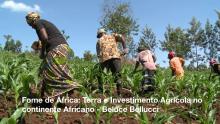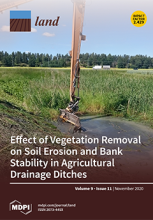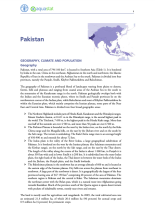/ library resources
Showing items 1 through 9 of 1665.La terre a toujours été un bien très contesté. Le contrôle des terres et des ressources liées reflète les relations de pouvoir d’une région, d’un pays et constitue un indicateur des injustices sociales existantes.
Amid climate change, biodiversity loss and food insecurity, there is the growing need to draw synergies between micro-scale environmental processes and practices, and macro-level ecosystem dynamics to facilitate conservation decision-making.
The disparity in land and food access in Ghana often overlooks the possibility of an underlying gender disparity.
Green infrastructure (GI), as a concept and as a tool for environmental land-use planning at various scales, has burst onto the academic, political, and policy-making scenes in the last two decades.
The country profile is a summary of key information that gives an overview of the water resources and water use at the national level. It can support water-related policy and decision makers in their planning and monitoring activities as well as inform researchers, media and the general public.
Climate change driven food insecurity has emerged as a topic of special concern in the Canadian Arctic. Inuit communities in this region rely heavily on subsistence; however, access to traditional food sources may have been compromised due to climate change.
Understanding the impact of changes in cultivated land in terms of structure, distribution, and quantity on grain production potential (GPP) is essential for a sustainable land utilization strategy and food security.
Paginación
Land Library Search
Through our robust search engine, you can search for any item of the over 73,000 highly curated resources in the Land Library.
If you would like to find an overview of what is possible, feel free to peruse the Search Guide.







